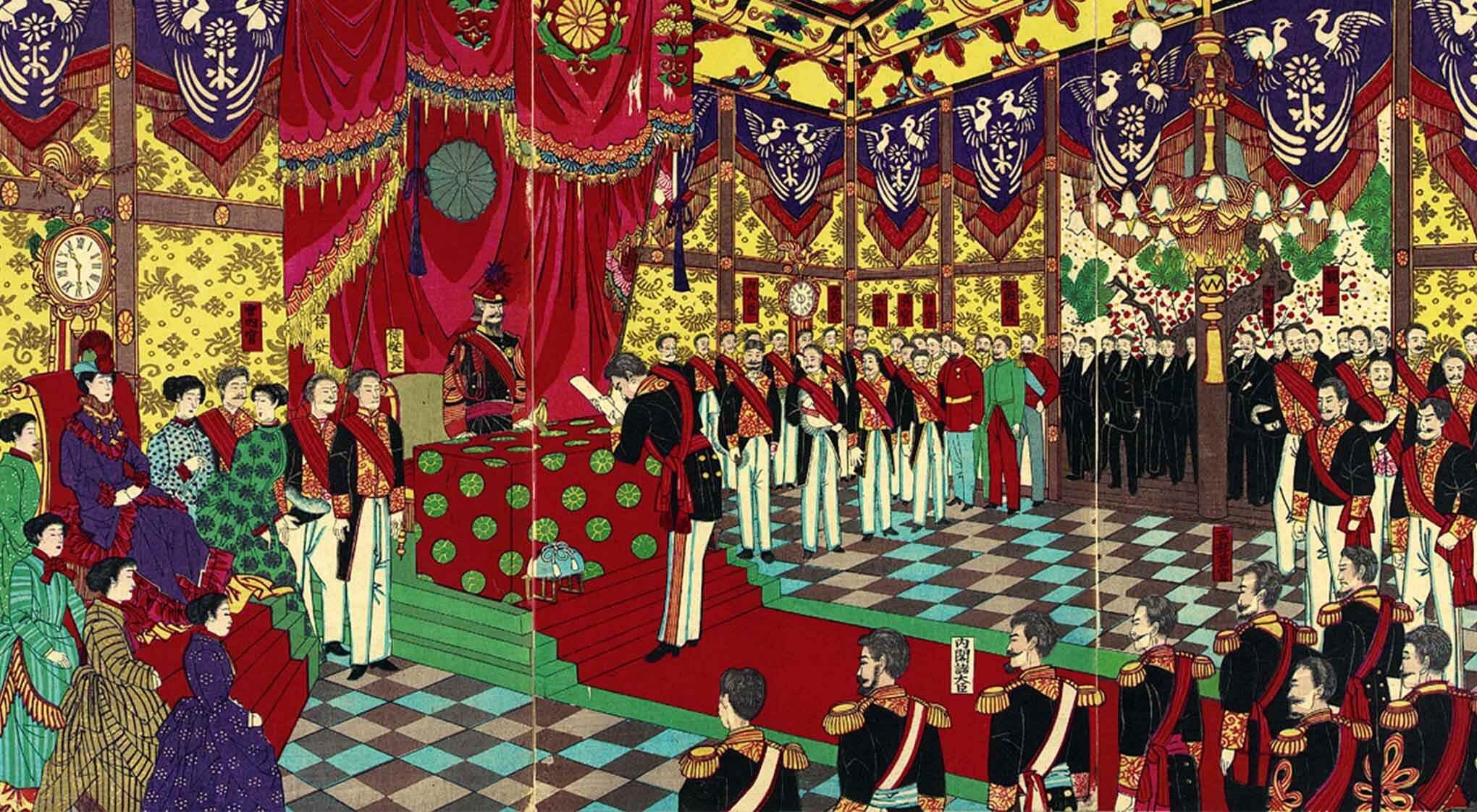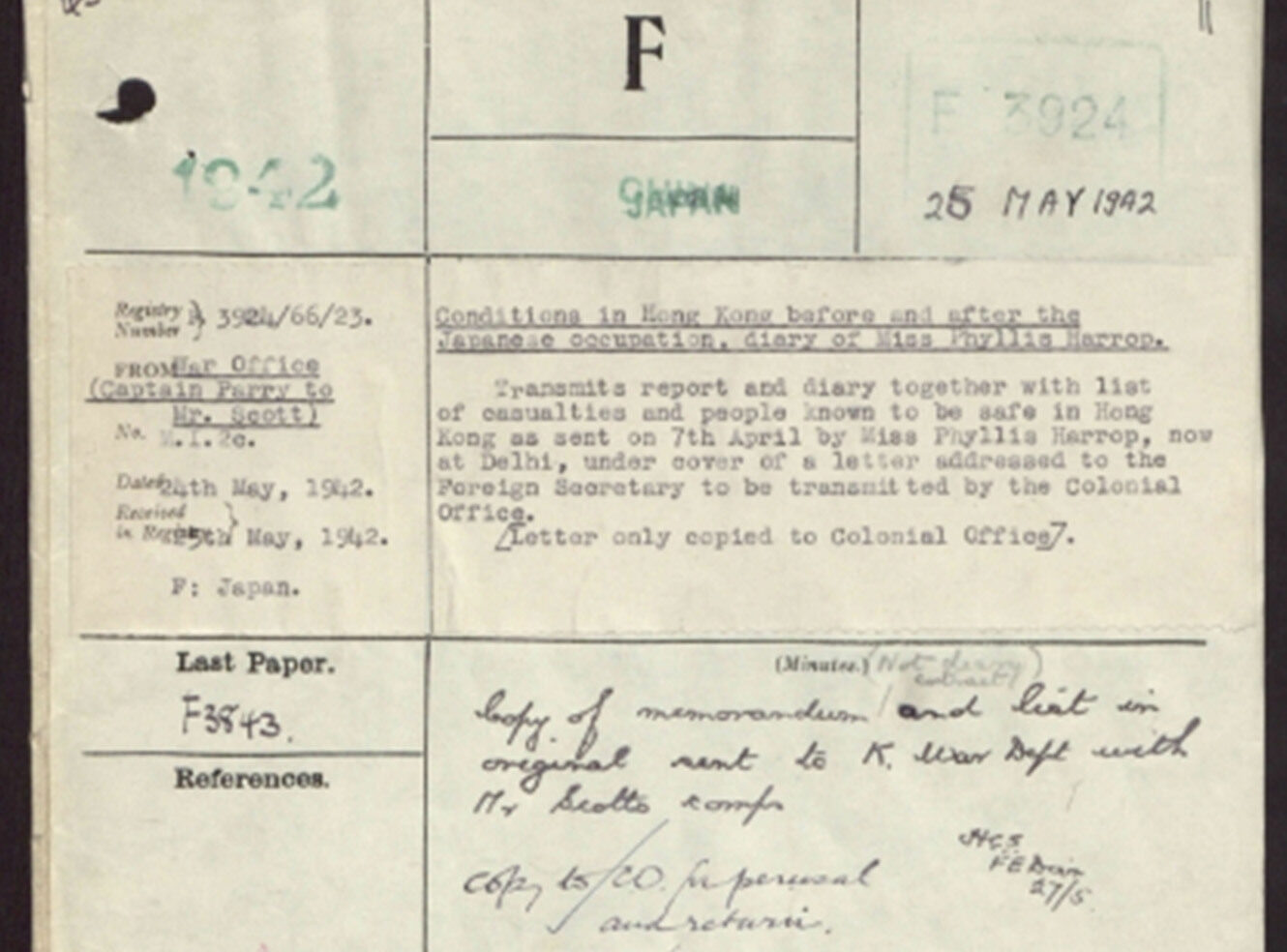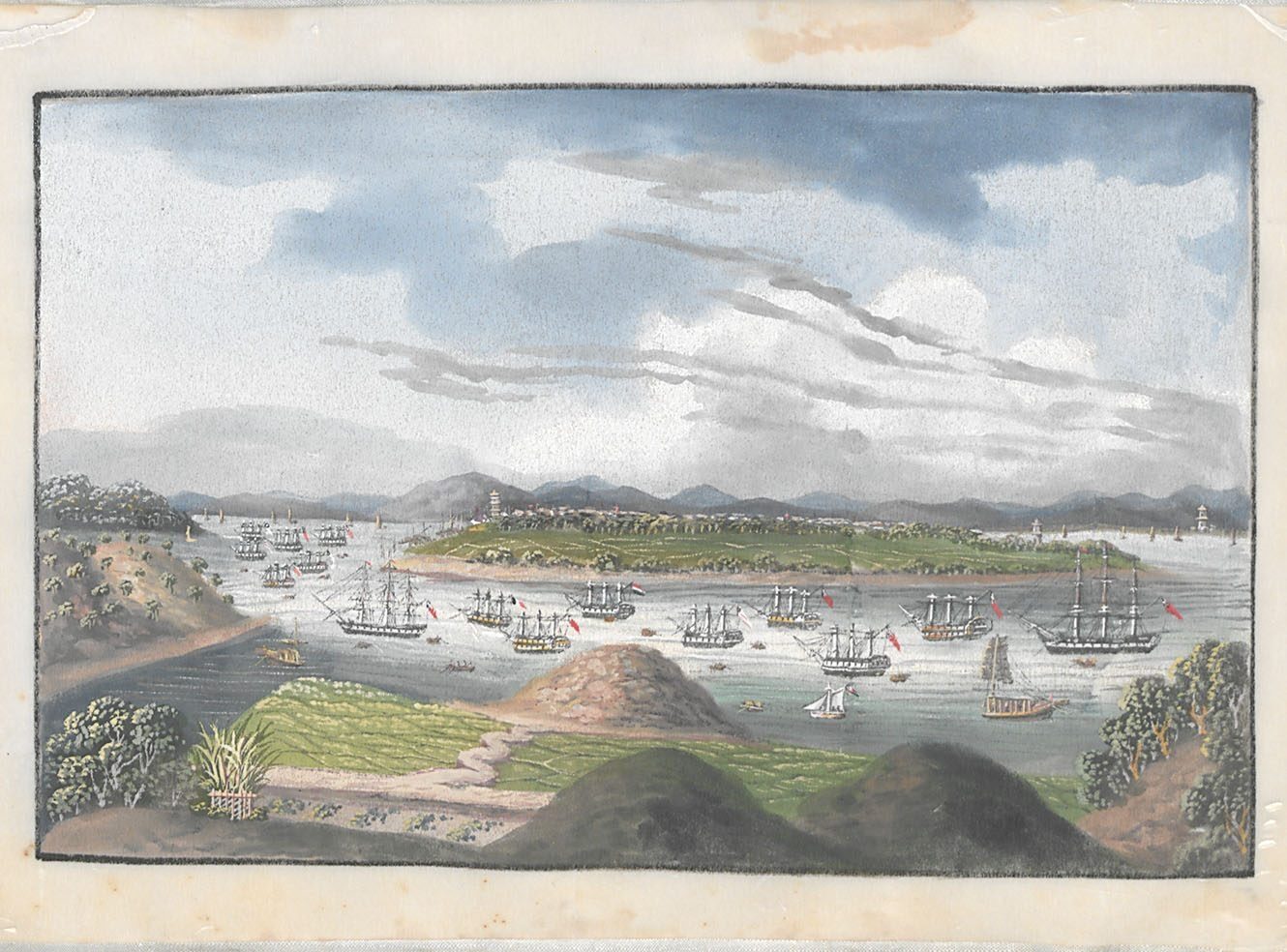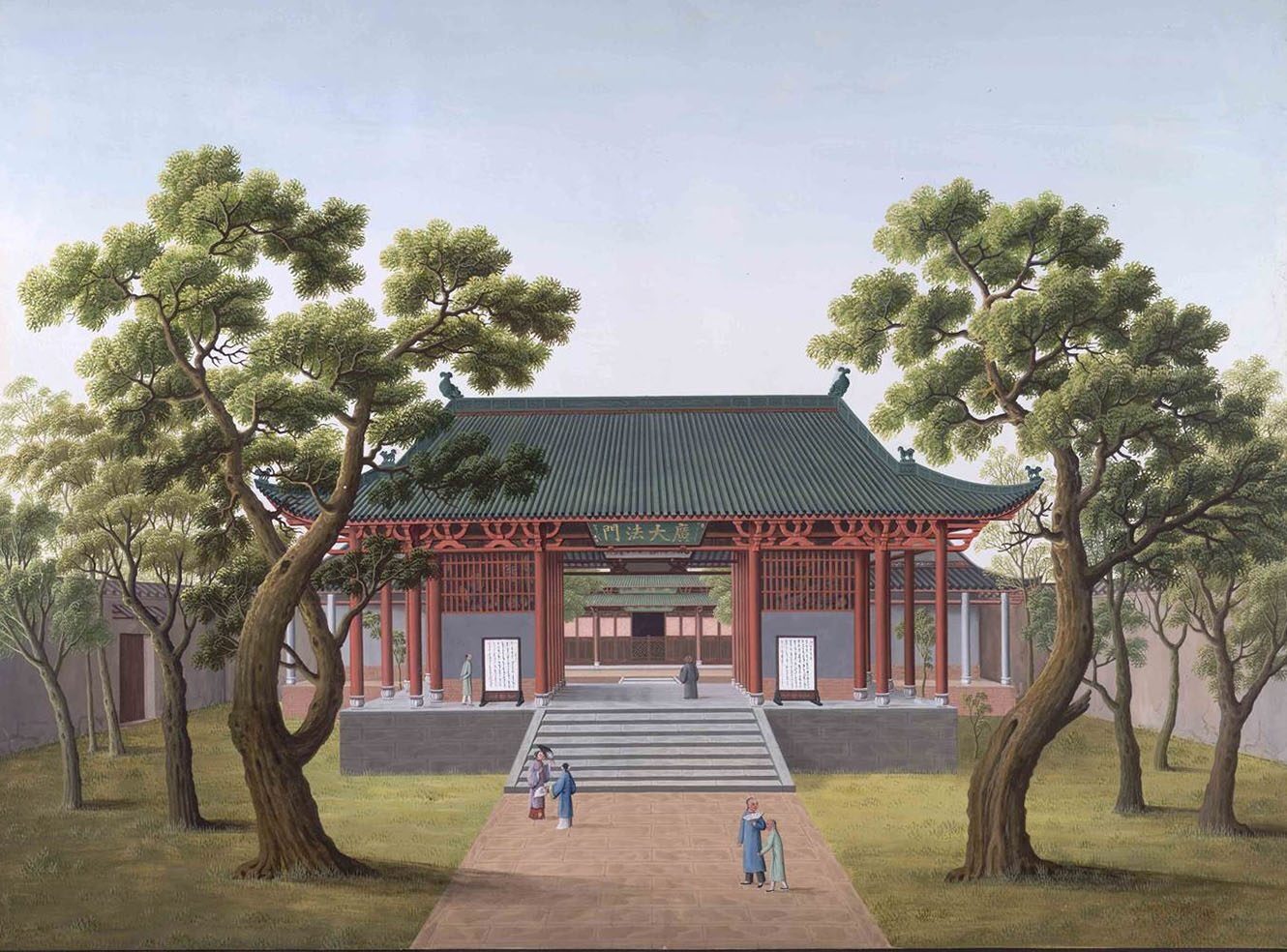Meiji Japan
The Edward Sylvester Morse Collection from the Peabody Essex Museum, Salem
Manuscripts for the study of Meiji society, culture, ethnology and education from the papers of Edward Sylvester Morse (1838-1925).
Edward S Morse (1838-1925) was a great polymath – notable for his work in natural history, ethnography and art history – but, perhaps most famous for his work in bringing Japan and the West closer together.
Morse was one of the first Americans to live in Japan – teaching science at the Imperial University of Tokyo – and he devoted much of his life to the task of documenting life in Japan before it was transformed by Western modernization. In addition to preserving the household records of a samurai family and many accounts of the tea ceremony, Morse made notes on subjects as diverse as shop signs, fireworks, hairpins, agricultural tools, artists’ studios, music, games, printing, carpentry, the Ainu, gardens, household construction, art and architecture.
The Edward S Morse papers document the numerous and valuable contributions made by Morse to the areas of malacology, zoology, ethnology, archaeology and art history.
Highlights
- Original Japan diaries, which run to over 3,000 pages and contain over 1,300 sketches
- Journals of visits to England, France and Germany in the 1880s showing the interest of Europeans in gaining authentic insights into ordinary life in Japan and China
- Correspondence including exchanges with Alexander and Louis Agassiz, William Sturgis Bigelow, Charles Darwin, Ernest Fenollosa, Yukichi Fukuzawa, Isabella Stewart Gardner, John M Gould, Oliver Wendell Holmes, Ernest Ingersoll, Hiroyuki Kato, Percival Lowell, The Museum of Fine Arts in Boston, Charles Eliot Norton, Frederick Putnam, Hideo Takamine, Seiichi Tejima, Charles Townsend, Charles Weld and Yu Kil-chun
- Scrapbooks with a wealth of rare and ephemeral material on a myriad of subjects
- Records of his publications and lectures reveal his interests in archaeology, art, astronomy, ethnology, religion and zoology, as well as his desire to encourage an American audience to appreciate Asian society and culture
Key data
Period covered
Source archive
- The Phillips Library at the Peabody Essex Museum, Salem
- Art and architecture
- Printing
- Music
- Carpentry
- Agricultural tools
- Shops
- Fireworks
- Artists’ studios
- Games
- The Ainu
- Gardens
- Household construction
- Correspondence
- Diaries
- Scrapbooks
- Natural History
- Archaeology Field Work
- Ethnology (Japan, China, Museums)
- Japanese Pottery
- Lectures
- Publications (Articles and Monographs)
- Inventions
- Materials Collected by Morse
- Financial Records
- Robert Rosenstone, California Institute of Technology
- Communities, Peoples and Nations
- Cultural Studies
- East Asian Studies
- Material Culture
- Visual Culture
- Visual gallery
- Maps
- Chronology
- Introductory essay
- Biographies
- Popular searches
Reviews
A review from California Institute of Technology
- Author: Professor Robert Rosenstone
- Publisher: California Institute of Technology





